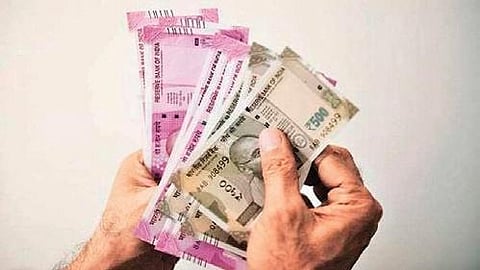

NEW DELHI: India may have had a bunch of low-inflation years in the recent past, but as July’s CPI inflation print of 6.93 per cent shows, the pandemic-driven disruption is pushing prices up again—particularly in the crucial food items basket. Dealing with a trend of rising food prices is no easy prospect for anyone, but it becomes especially difficult for senior citizens whose primary source of income is the regular interest from a bank fixed deposit.
While FDs are a retiree-favourite because of the security and fixed rate of income they assure, they are only effective as a means of sustainable income when inflation remains below the rate of interest. If inflation (the rise in prices, and hence the cost of living) rises above the FD interest rate, the depositor is actually getting a negative real rate of return on the investment.
Inflation reduces purchasing power over time, and an income of Rs 4 lakh per annum from an FD offering 5.5 per cent interest becomes progressively less valuable if prices rise faster than the interest rate. The current spell of inflation coupled with the Reserve Bank’s massive interest rate cuts earlier has already resulted in such a scenario. Since the end of May, when most lenders cut term deposit rates last, FD rates have ranged between 5.4-5.5 per cent per annum for a 5-10 year deposit.
For senior citizens, this has ranged between 6-6.3 per cent depending on the bank. But, after taking inflation into account for June (6.09 per cent) and July (6.93 per cent), and the tax applicable, the real rate of return for these FDs is in the negative, or as close to as to make little difference.
It thus becomes crucial for depositors to use a portion of their income from an FD, if not a small portion of the corpus itself, into investments that provide higher-than-inflation returns. While higher return investments like equity and debt generally involve an element of higher risk, they also offer substantially higher rates of return and may be a viable option to beat inflation.
Hedge against inflation
It is crucial for depositors to use a portion of their income from an FD, if not a small portion of the corpus itself, into investments that provide higher-than-inflation returns like equity and debt. While these investments may involve an element of higher risk, they also offer substantially higher rates of return.